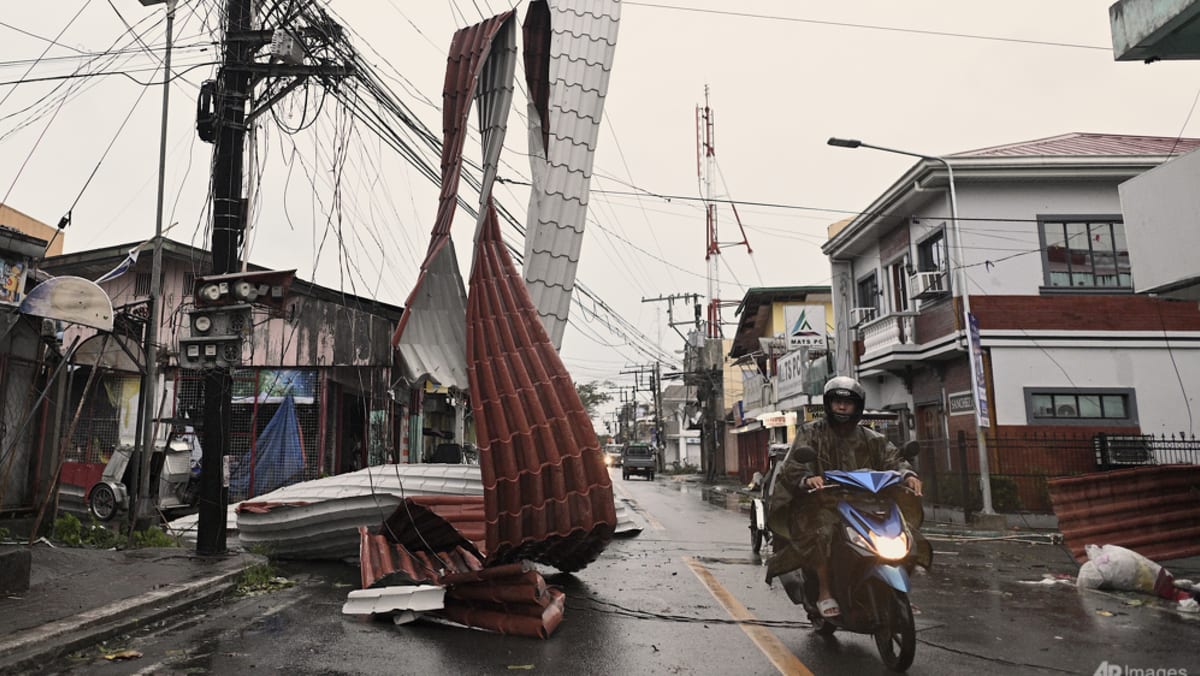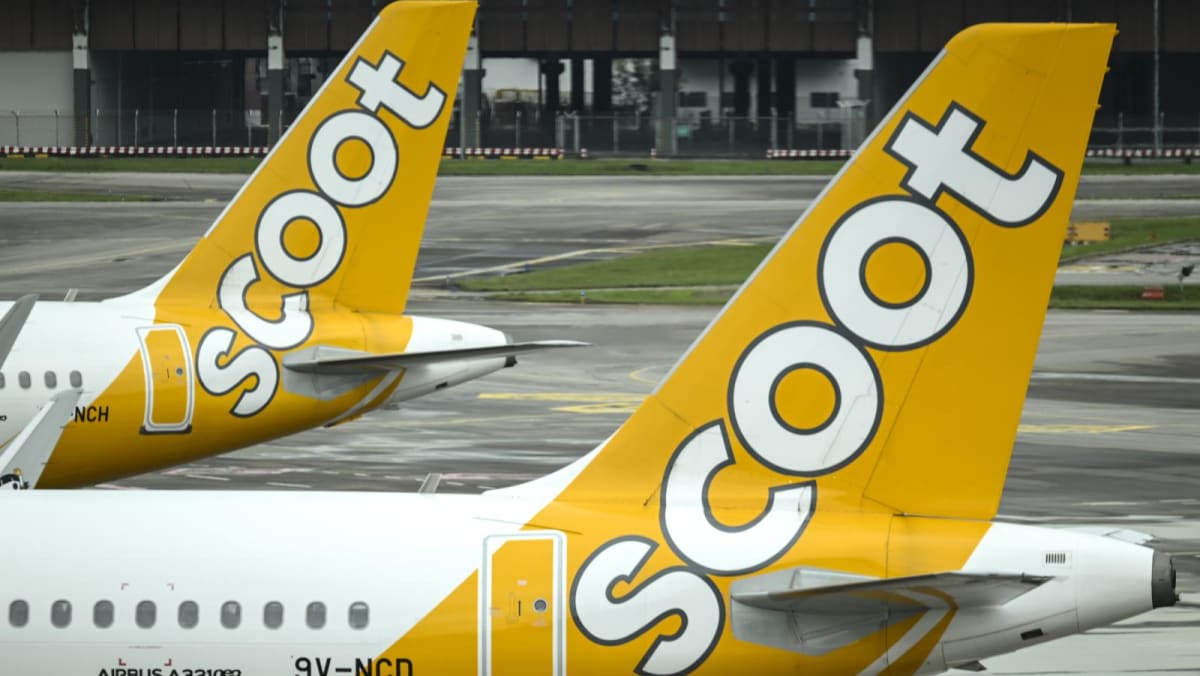The sounds of an airplane can also provoke anxiety, so try normalising them. The Flight Buddy app has audio clips of normally functioning airplanes, including the sounds of an A320 engine starting, luggage being loaded, and retracting and extending the landing gear. Listening to what you will hear aboard the plane can help make you feel less surprised by sounds that may be new to you, which can trigger anxiety.
Turbli, a turbulence forecasting app and website, can help keep sudden bumps from catching you off guard. Simply plug in your flight number before takeoff and tap on the flight plan to show you the expected turbulence level. You can also set up automated notifications to warn you when turbulence is coming.
Either in the terminal or while you’re flying, try apps like Calm and Headspace, which offer guided meditations and visualizations with options for shorter and longer durations.
MAKE YOURSELF MORE COMFORTABLE
A little extra space can go a long way toward quelling anxiety. Consider paying a little more to book a seat with extra legroom, or book a window seat in an exit row. Seeing the horizon can help make you feel more in control.
Try bringing a small, weighted pillow, to hold in your lap or hug against your chest. This type of deep pressure stimulation tells your body where it is in space, which can be beneficial for reducing anxiety, according to a 2013 National Taiwan University Hospital study. It may help to repeat grounding phrases like “I’m safe” and “I’m going to be OK” while squeezing your pillow.
Alleviate stress by doing airplane yoga at your seat. There are numerous YouTube videos, including a four-minute clip called “Yoga on an Airplane” that includes neck, head, upper back and shoulder release techniques. You can download these videos to watch offline during your flight.
CONSIDER EXPOSURE THERAPY
A mental health professional may be able to help you fly more confidently through a long-term process called exposure therapy, which typically involves the gradual introduction of photographs and videos of airplanes, along with breathing exercises intended to keep you calm when being exposed to triggers.
Research shows this method has helped many patients address their anxiety over flying. “Well-conducted randomized controlled trials for exposure therapy show about 70 to 90% of participants will be able to fly on a plane,” said Jonathan Bricker, a psychologist and affiliate professor at the University of Washington who has studied and treated the fear of flying for 25 years, “while the majority will experience significant decreases in anxiety about flying.”
WHAT ABOUT MEDICATION OR ALCOHOL?
Some nervous flyers rely on anti-anxiety medications to make flying more tolerable, but Bunn noted that pills like benzodiazepines can be addictive and may become less effective over time. Bricker suggested using “fast-acting medications like Xanax, specifically prescribed for fear of flying, only as a short-term aid as you learn exposure for the long term.”
Some anxious flyers may be tempted to order an alcoholic beverage in flight to calm their nerves, but a small study published in June concluded that drinking on longer flights can increase your heart rate and decrease blood oxygen level. And a separate study from 2015 showed that drinking can actually worsen your anxiety. So you may be better off sipping water instead of wine on your next flight.
By Lisa McCarty © 2024 The New York Times
This article originally appeared in The New York Times














